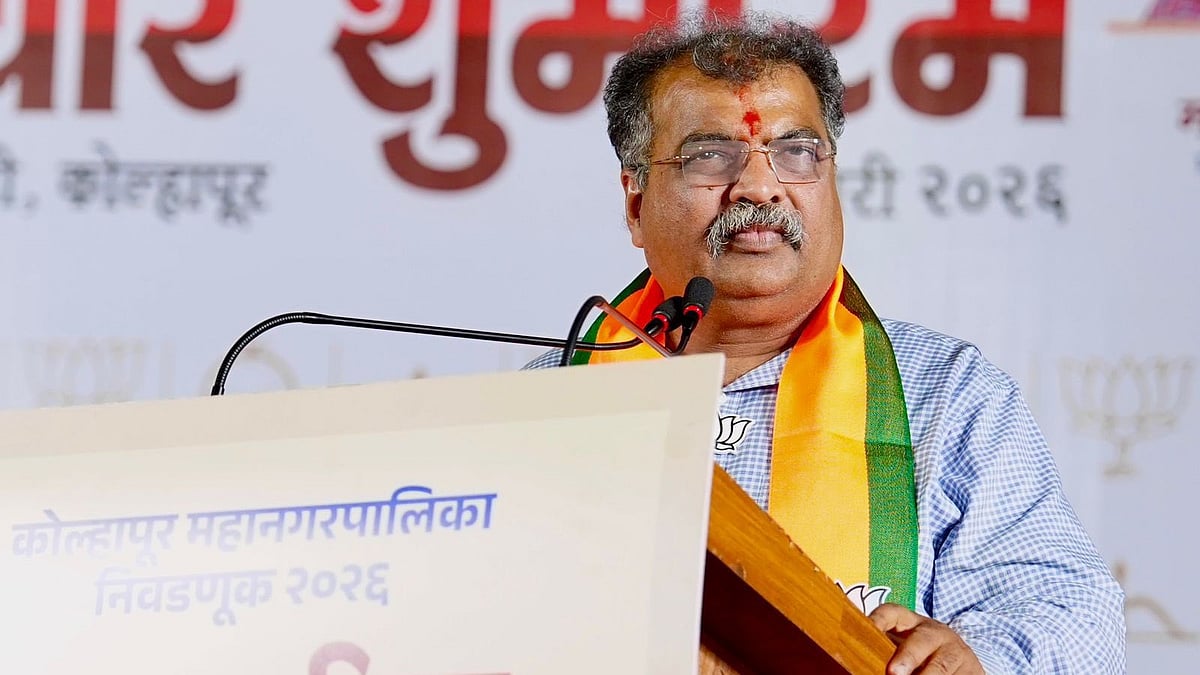The city gas distribution sector is at the core of India's energy transition. Compressed natural gas is ready for growth, according to Crisil Intelligence report.
According to Crisil, this projected growth will be powered by urban mobility demand and expanding infrastructure.
12 crore households have been unlocked through licensing rounds. More than 18,000 CNG stations have been proposed, the momentum remains strong.
"Regional infrastructure development and readiness play a significant role in enabling wider gas access amid a shift in market focus to electric vehicles," read the report.
The Crisil report titled 'City Gas Pulse' stated that with the top states continuing to anchor demand, the next growth phase should come from new geographies, backed by evolving gas-allocation patterns, aggressive vehicle conversion trends and private investments. The infrastructure gaps are being bridged selectively amid the competitive intensity rising and exclusivity periods closing.
CNG is becoming the focal point of India's energy mix and the city gas distribution (CGD) sector's growth as the country works towards achieving a 15 per cent share in the primary energy mix for natural gas.

India meets a sizable portion of its energy needs through fossil fuels; the avenues to reduce dependence on conventional sources of power are various renewable and cleaner energy sources. At COP26 held in 2021, India committed to a five-part "Panchamrit" pledge.
They included reaching 500 GW of non-fossil electricity capacity, generating half of all energy requirements from renewables, and reducing emissions by 1 billion tonnes by 2030. India as a whole also aims to reduce the emissions intensity of GDP by 45 per cent. Finally, India commits to net-zero emissions by 2070.









